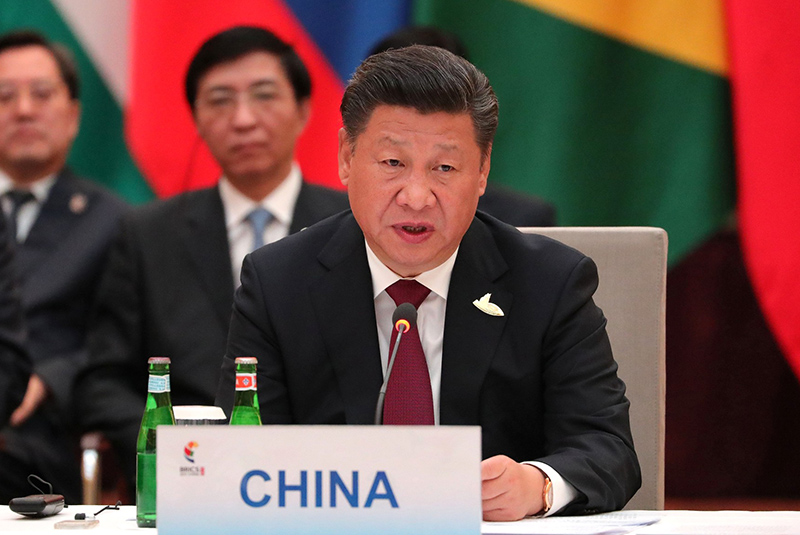The ‘Silk Road,’ established during the Han dynasty, may have been a ‘pathway for new ideas and religions, an ‘ancient information highway.’ But today, under Xi Jinping, it’s China’s most ambitious foreign policy initiative.
The Belt and Road Initiative (BRI), based on the ‘idea of Silk Route,’ was launched in 2013 as “one belt, one road.” It aims to connect China with Europe, Russia, Africa, and Asia – ostensibly to ‘promote policy coordination,’ increase connectivity, improve access to markets, and to promote people-to-people bonds.
In 2012, a Chinese Scholar, Wang, came up with the idea; it was published as an article in the Global Times. Within twelve months, in September 2013, the Chinese Government introduced the first component of the initiative, the ‘Silk Road Economic Belt’ in Nazarbayev University, Kazakhstan. It envisioned the construction of a network of railways, roads, power grids and gas pipelines that run from Xi’an in Central China to Venice.
The next month, they announced the second component of the plan, the “Maritime Silk Road,” in Indonesia. It involved the construction of a network of seaports in the South China Sea, Indian Ocean, and the South Pacific Ocean.
-30-
Copyright©Madras Courier, All Rights Reserved. You may share using our article tools. Please don't cut articles from madrascourier.com and redistribute by email, post to the web, mobile phone or social media.Please send in your feed back and comments to [email protected]











